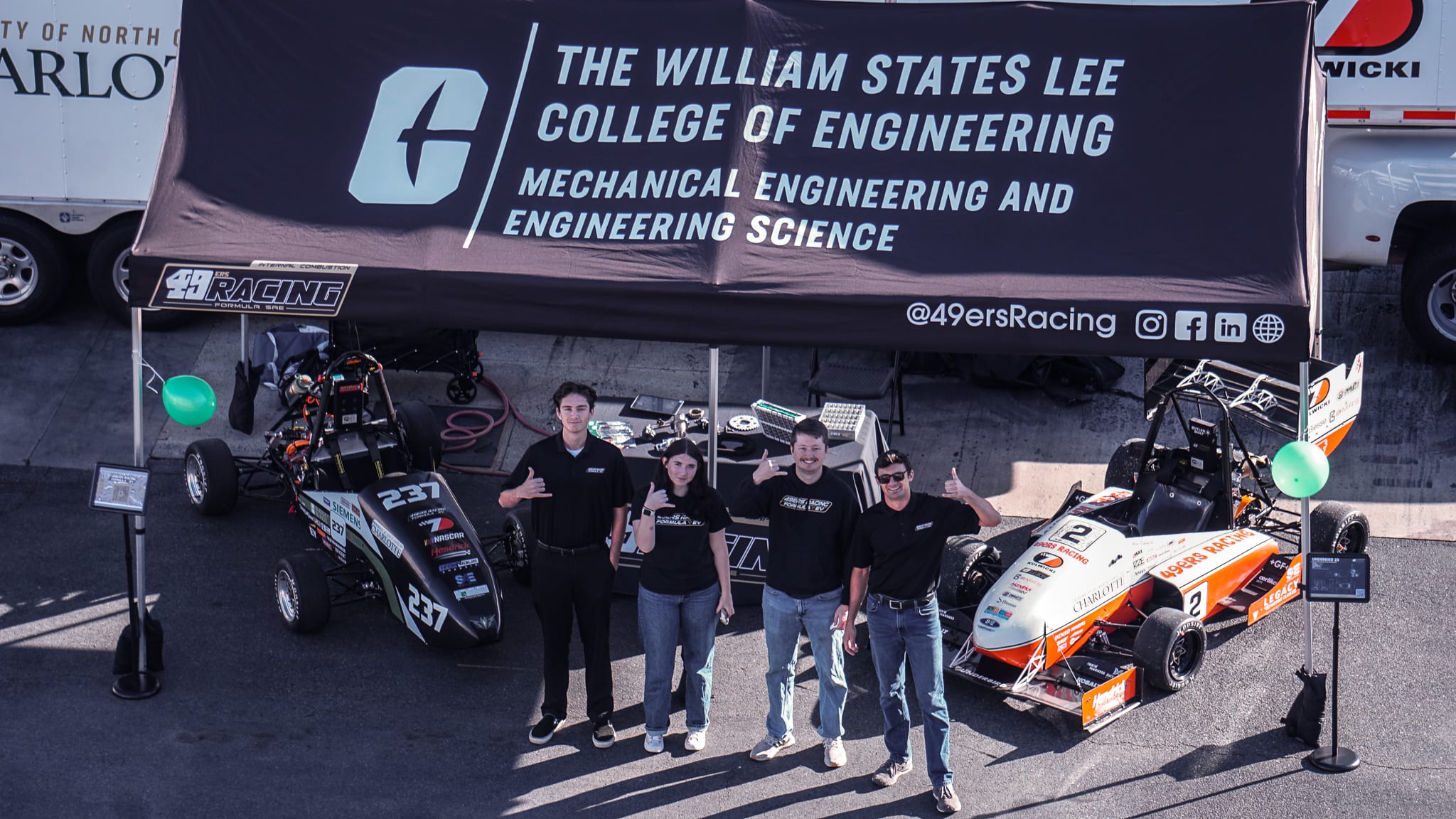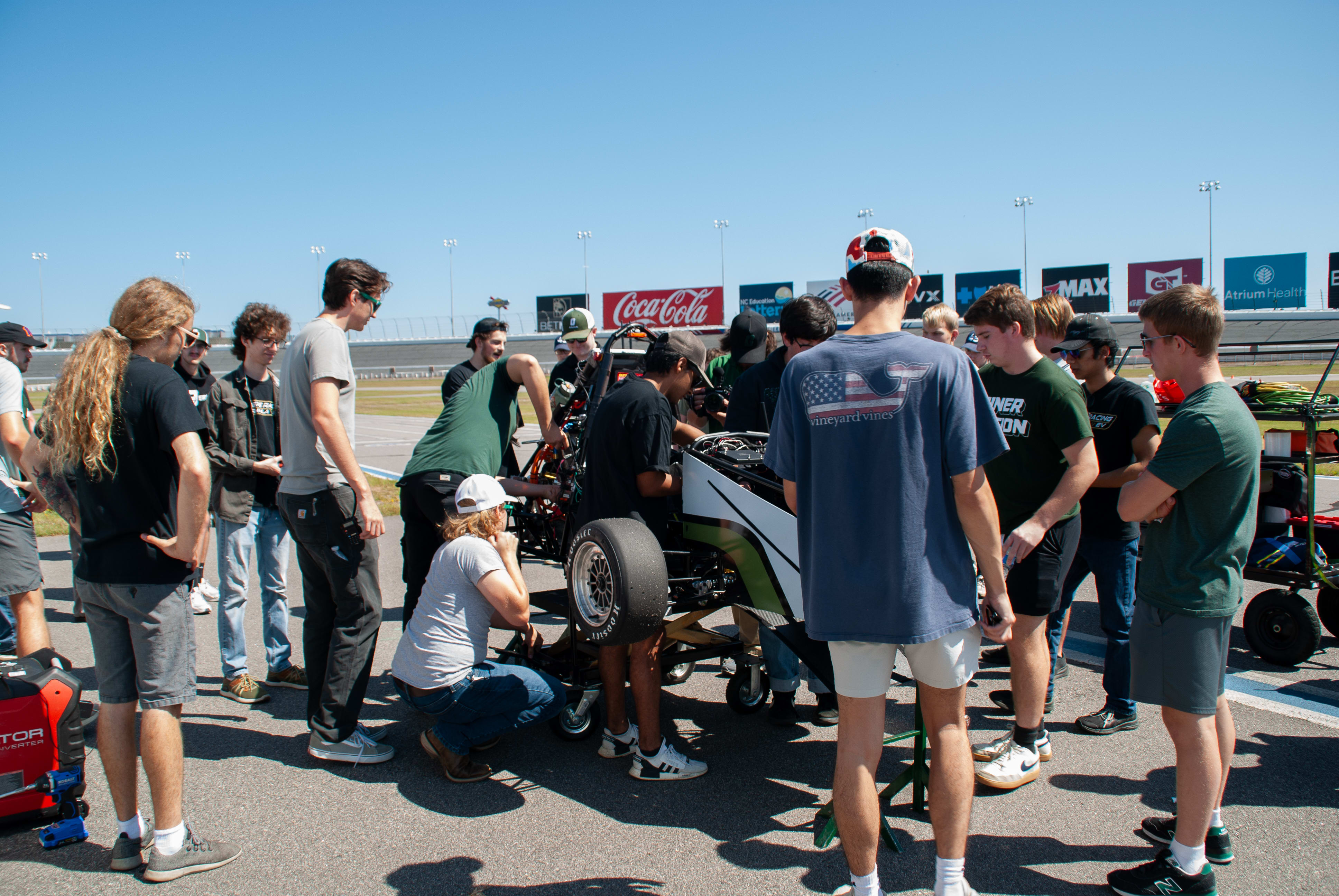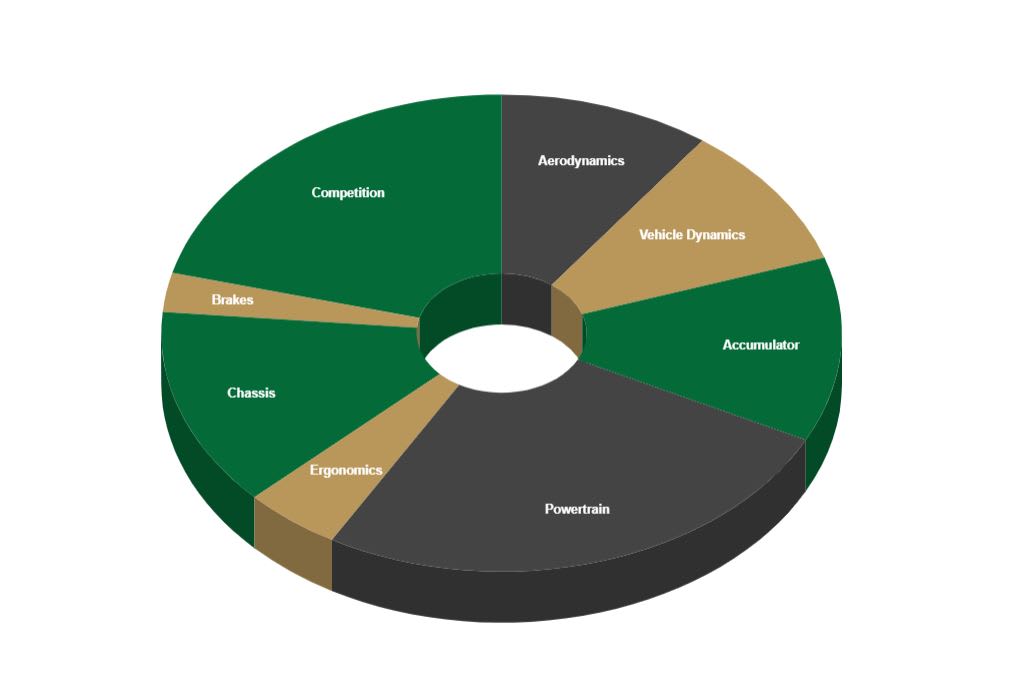2025-2026 FSAE Electric Design Competition
49ers Racing EV is a student organization that develops a formula-style electric vehicle through design, manufacturing, and testing. Sub teams are divided into collaborative groups focused on design in areas such as vehicle dynamics, ergonomics, aerodynamics, accumulator, and low voltage systems.

Formula SAE (Society of Automotive Engineers) hosts an annual collegiate design competition at the Michigan International Speedway. This 4-day competition takes place in June and features over 70 teams internationally. Vehicles are judged based on a variety of criteria, varying from manufacturability and overall design to dynamic acceleration and endurance events.

To see where your money is going, we’ve made a pie chart to represent the costs of each subsystem! This better shows how the donations we receive are distributed throughout the team and where we need your help most. Your donation will help us tackle these expenses and eliminate slices of the pie!

Matching Donations:
You can double or triple the impact of your gift if your employer participates in a matching gift program. To see if your employer has a matching gift program, click here. If your company matches, complete your matching gift form and submit it to UNC Charlotte via mail (UNC Charlotte Foundation, 9201 University City Boulevard, Charlotte, NC 28223), fax (704-687-7259) or email (mwinslow@uncc.edu).




